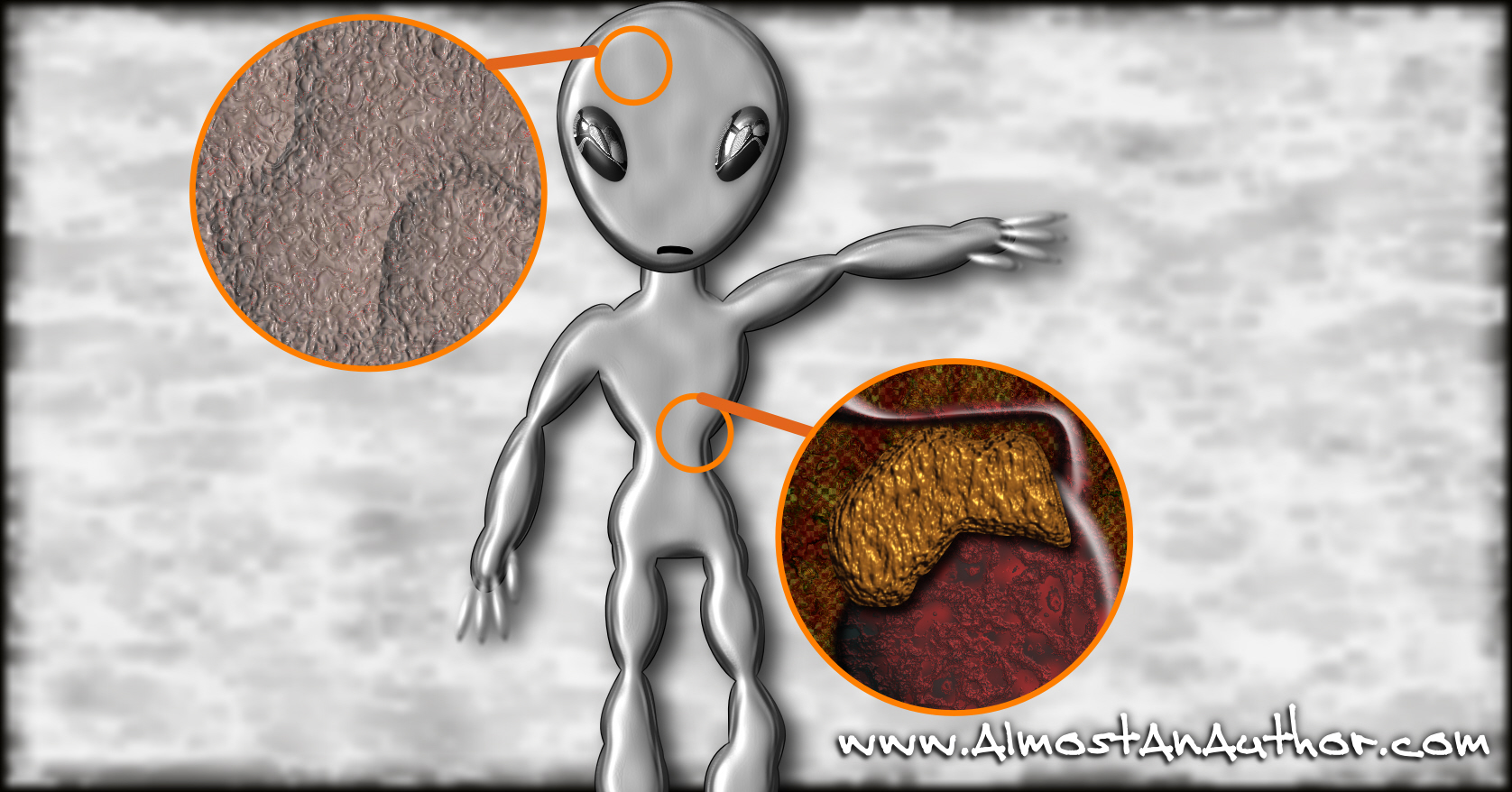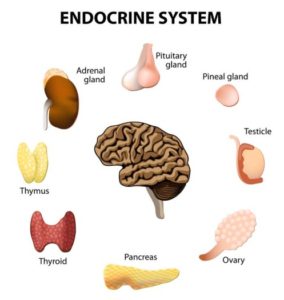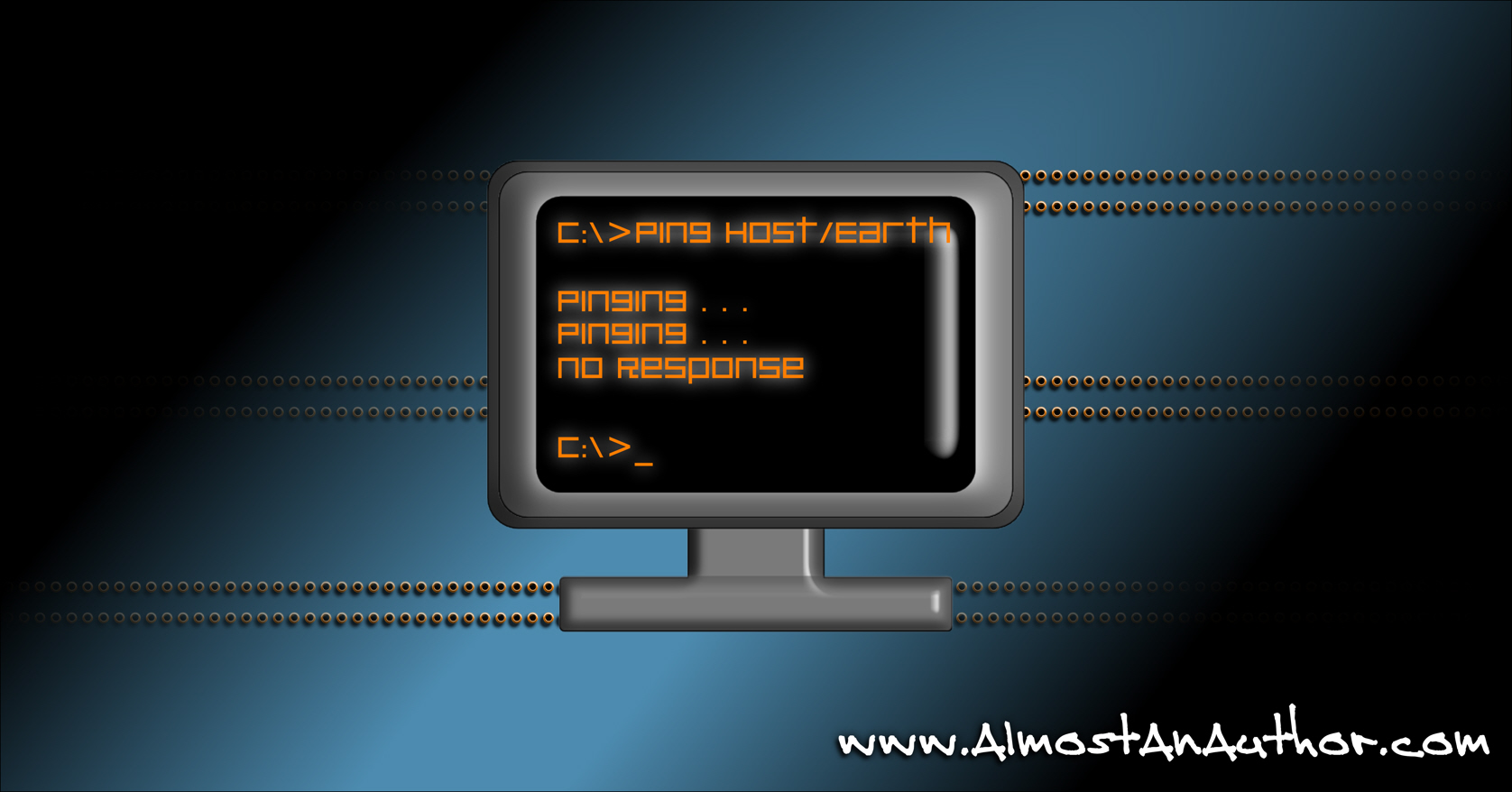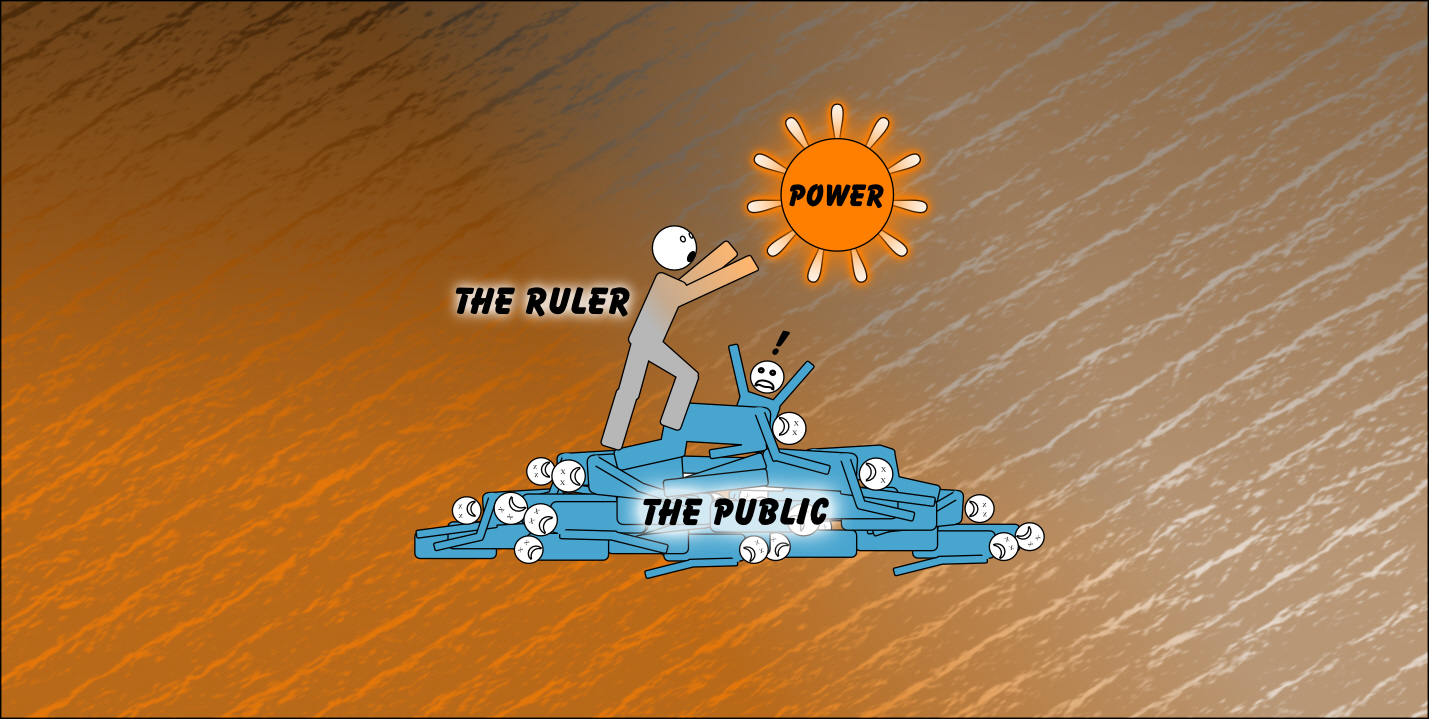“Based on what we know of the creature’s hormones,” Doctor Stein said, “we’ve managed to keep our little captive sedated.”
“Drugs?” Jim asked. But as he approached the observation window he realized the term “sedate” was being used liberally. The literally pint-sized alien was sitting on a cushion, eating something. Meanwhile the holovid played reruns from old cartoons. “You can’t be serious.”
Stein nodded. “We’re quite serious. Our endocrinological analysis revealed the highest spike in happiness hormones when the alien is given large doses of Doritos and Batman the Animated Series.”
Jim sighed in resignation. “Well it worked for my childhood I guess.”
In my opinion, the word “Endocrine” sounds overly technical. This is basically the system of hormones in your body that make you run faster in a panic, hit harder in a fight, or act more stupidly as a teenage boy. Just kidding … sort of. Well okay, I’m not kidding that much.
Endocrine versus Neurological
Whereas the nervous system (discussed last month) transmits information via nerves in the body, telling your fingers to react to a pinch or click on a web advertisement, the endocrine system releases chemicals designed to stimulate muscles, increase insulin production, or even activate menstrual cycle stages. Yes, I said menstrual cycles. After the article a few months ago, I realized I have no more shame.
Hormones are produced in glands, special organs located in various places throughout your body. Adrenal glands are located near the kidneys, thyroid glands are in your neck, and the governing hormone gland, the pituitary gland, is located directly below your brain. It’s worth pointing out that science was certain that most of these glands were vestigial organs up until a few decades ago. As we learn more about the human body, science discovers that there is very little junk in our finely tuned bodies.
The endocrine system works without any specialized ducts. The nervous system uses unique nerve cells to communicate throughout the body, but when the glands in your body release hormones, they secrete them into the general blood stream. Then the hormone receptors will recognize these new chemicals and either turn certain things on or in some cases turn things off. When adrenaline is administered to the body, receptors in the muscles will stimulate localized higher blood flow, whereas receptors in the digestive tract will tell the body to limit blood flow in those regions. It’s all the same adrenaline, but the body’s different receptors (called isoforms) interpret the chemical differently. And this makes sense, of course – digesting food is of little concern if you’re about to be eaten yourself.
Examples
Hormones are usually so subtle they’re not thought of very often. Here’s a few:
Adrenaline/epinephrine, the “fight or flight” hormone, releases when the body senses danger. This also releases when nervous about acceptance or rejection, meaning it often coincides with an early dating relationship (the “butterflies”).
Testosterone, that hormone I mentioned earlier that makes young boys act stupidly, is the chemical that governs sexual drive in both men and women.
Serotonin, the “happy hormone,” is released when you have good feelings. Common antidepressants like SSRIs exist to prolong this happy feeling at the expense of low libido and weight gain.
Oxytocin, also known as the “bonding hormone,” is released during intercourse and when mothers nurse their babies. Not surprising, Oxytocin also creates a beneficial comraderie between people. An artificial oxytocin known as pitocin is also used in hospitals to induce baby delivery.
Pheromones – A Close Cousin to Hormones
There are others (dopamine, estrogen, progesterone, insulin, etc.), but they’re not terribly interesting from a worldbuilding perspective. Far more intriguing is the concept of pheromones. Used mostly in the animal kingdom as a method of communication, pheromones are like a hormone secreted by one creature and received by another. One of my favorite videogames, XCOM, has a genetic modification that allows your soldiers to release adrenal pheromones, essentially boosting a squad’s combat effectiveness. How cool is that? In a sci-fi world (or a fantasy one), any hormones could be turned into a pheromone. Imagine a world where a politician could emit serotonin and oxytocin pheromones. He’d have very few enemies in congress.
Pheromones are also very creature-specific. On our world, pheromones to attract Japanese Beetles are used in traps to kill these nasty pests. The chemical doesn’t affect other insects though, so it’s relatively safe. In theory scientists in a sci-fi novel might be able to develop similar chemicals to fight alien creatures. Or more nefariously, aliens might do likewise to subjugate humanity.
That’s all for now. Let me know how you’ve seen thought processes or emotional responses altered in books and movies. Next month in the final installment of our anatomy series, we’ll tackle the biological ways in which a creature protects itself from bad bacteria and diseases.
Xcom image from:
http://www.gameskinny.com/7fp8y/x-com-enemy-within-gene-labs-guide
Japanese Beetle image from:
https://laidbackgardener.wordpress.com/2016/07/21/controlling-those-japanese-beetles
Endocrine System image from:









2 Comments
Thank you for the in-depth science lesson. What a blessing. As a new writer I am amazed at how much research goes into writing a good book. Great job.
Love the science! Good job Alex!
TimZ